CRISPY FRAGRANT CAKE FROM XIEC RICE
Early last October, when the People's Committee of Hoa Phong commune held a ceremony to announce the decision to recognize Tuy Loan rice paper making as a national intangible cultural heritage, in the story of those who are attached to the profession, people mentioned Mrs. Dang Thi Tuy Phong, who is 85 years old but has spent more than half of her life making rice paper. She is the person who has been doing the job the most regularly, the longest, and is also the most skilled in Tuy Loan. Another Tet season has come, these days, Mrs. Tuy Phong is busy with orders to make rice paper to ship across the country.

Old lady Dang Thi Tuy Phong diligently pours rice paper by the fire.
"Making rice paper is a traditional profession in Tuy Loan village. Like many people in the village, I learned to make rice paper to help my family when I grew up," said Mr. Tuy Phong, spreading the dough on a mold. He doesn't remember exactly when he started making rice paper, but it was most clearly after 1975, when he made rice paper his livelihood. Over the past 50 years, with many technological developments that can help make rice paper faster, the special thing is that Tuy Loan people still keep the method of making rice paper completely by hand. Perhaps that's why the flavor of Tuy Loan rice paper is unmistakable.
Mr. Tuy Phong said that making beautiful, round cakes depends on the skillful hands of the artisan; but to create the unique flavor of the cake, it must lie in the selection and processing of the ingredients. To make the rice paper crispy and delicious, the type of rice used is Xiec 13/2 rice grown by farmers in the village. This type of rice is criticized for being "hard enough to break your teeth" when cooked, but when ground and filtered to get the flour to make the cake, it quickly thickens and is smooth and chewy when molded. "To choose good Xiec rice, I soak it the night before so that early the next morning I have the ingredients to grind into flour. After grinding, I filter out the husk so that the cake looks better when molded," Mr. Tuy Phong said.

Drying rice paper on hot coals is a unique way of making rice paper of the Tuy Loan people.
Everyone who makes Tuy Loan rice paper knows this step by heart. To make the famous baked cake, the artisan must mix in 5 spices including fish sauce, salt, sugar, sesame, garlic (or ginger). The recipe is the secret of each craftsman. For someone as experienced as Mr. Tuy Phong, the rice paper he makes is always popular with customers.
PRESERVING THE SOUL OF THE ANCIENT VILLAGE
Although there are many options for fuel, for generations, Tuy Loan rice paper makers have only used charcoal with the characteristics of a deep, heat-resistant charcoal fire... Unlike other rice paper making villages across the country, artisans in Tuy Loan do not dry the rice paper under the sun, but instead, the fresh rice paper is put straight from the mold onto a giant tray shaped like an upside-down basket (about 3 meters in diameter), with hot coals spread evenly underneath. Therefore, no matter how humid the weather in Da Nang is on the days leading up to Tet, cake makers like Mr. Tuy Phong do not have to worry because the rice paper just needs to be put on the tray, turned evenly on both sides for 3 hours, then it will be dry and can be packaged.
"To prevent the rice paper from getting moldy, you have to make sure the color of the rice paper turns slightly yellow, then it will dry evenly. Absolutely do not press the rice paper to dry quickly," said Mr. Tuy Phong, seeing the rice paper pot steaming, quickly took out a bamboo chopstick to scoop it out. "This job requires staying up late and waking up early, earning a living from hard work; but if you are diligent and persistent in your job, you will have enough to eat and save. On average, my mother and I make about 2 jars of rice (60 cans of rice) per day, producing about 210 rice papers (diameter 40 - 50 cm). Currently, the selling price is about 220,000 - 270,000 VND/10 pieces," he said.
Rice paper is an indispensable dish in the village's death anniversary, festivals... In particular, at the Tuy Loan communal house festival (9th and 10th of the first lunar month), rice paper is a product offered on the altar to show gratitude to the ancestors who reclaimed the land and established the village 500 years ago. Anyone who has ever tasted a piece of Tuy Loan rice paper will surely never forget the crispy sound, the rich taste of rice mixed with the fatty taste of sesame seeds, sometimes the spicy aroma of ginger, garlic... Tuy Loan rice paper can be broken into small pieces to scoop salads or sandwich with other cakes. Quang people far from home, sometimes when holding a bowl of Quang noodles, they feel moved to remember the Tuy Loan rice paper eaten with it... Tuy Loan rice paper has become a hometown gift that many people seek to buy and give to each other.
Occasionally, the bakery of Mrs. Tuy Phong and her daughter welcomes groups of students and tourists to visit and experience the profession. Seeing the strange guests passionately making rice paper, she is very happy. She confided that after decades of working in the profession, the thing that makes her happiest is having a daughter who follows in her footsteps, making rice paper with her every day. "There are few people doing this profession now, so whoever wants to learn, I am willing to pass on the profession, so that Tuy Loan rice paper becomes a dish that is always remembered...", she smiled toothlessly. (to be continued)
Valuable capital for tourism development
Chairman of the Da Nang Tourism Association Cao Tri Dung assessed that foreign tourists, especially Europeans, Australians, Americans, etc., are very interested in learning about local culture. Therefore, Tuy Loan rice paper making and 6 other national intangible heritages are valuable assets for Da Nang to combine with other destinations to build a unique tourism product. Da Nang should consider forming a river tourism route to bring visitors to visit and experience Tuy Loan rice paper making village, combine visiting communal houses, ancient houses, experiencing La Huong vegetable village, eating Quang noodles, listening to Bai Choi singing, etc.
Source: https://thanhnien.vn/nhat-nghe-tinh-de-nhat-banh-trang-tuy-loan-185241223231909471.htm




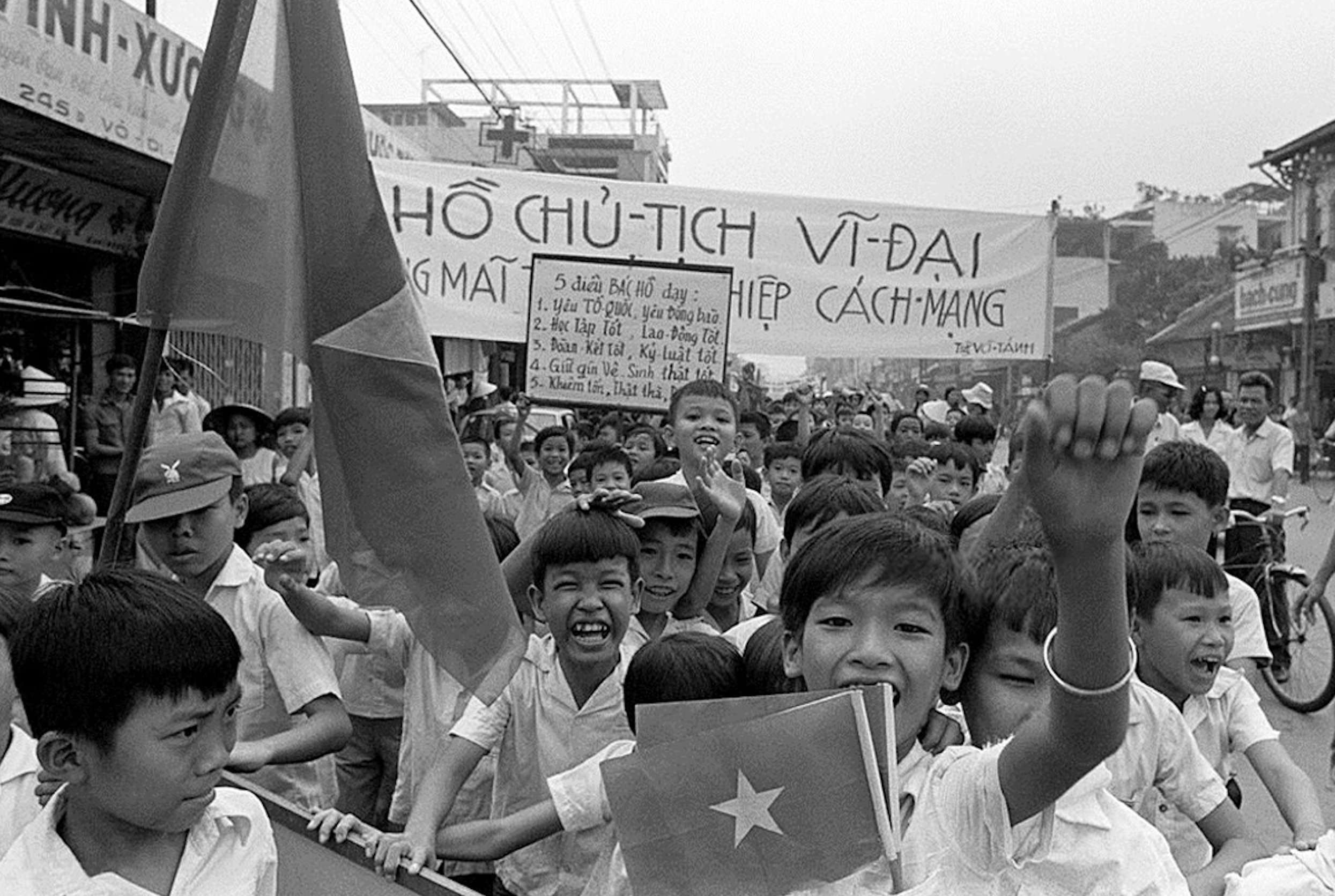


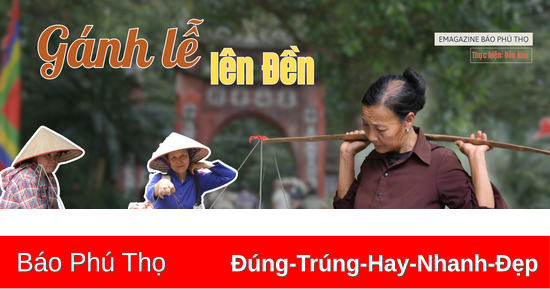


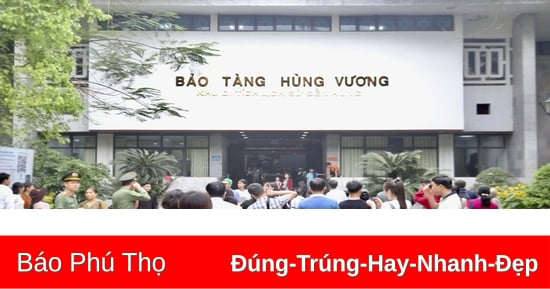


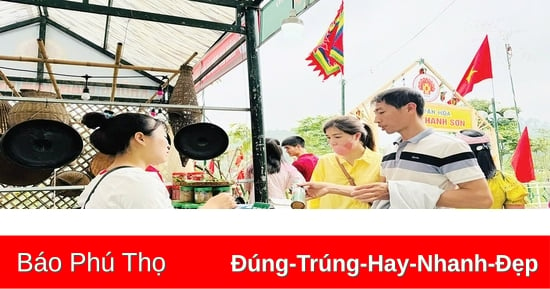

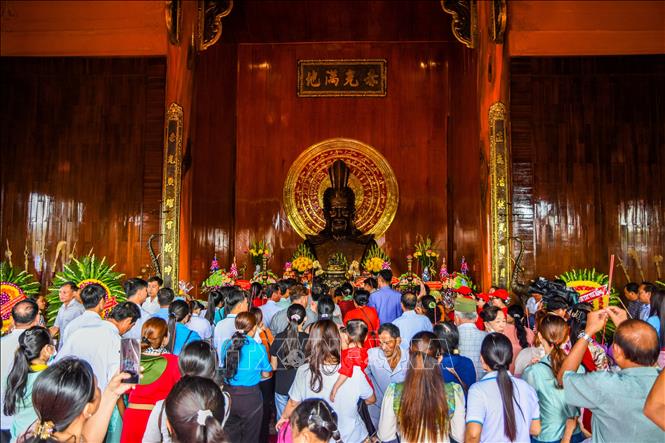









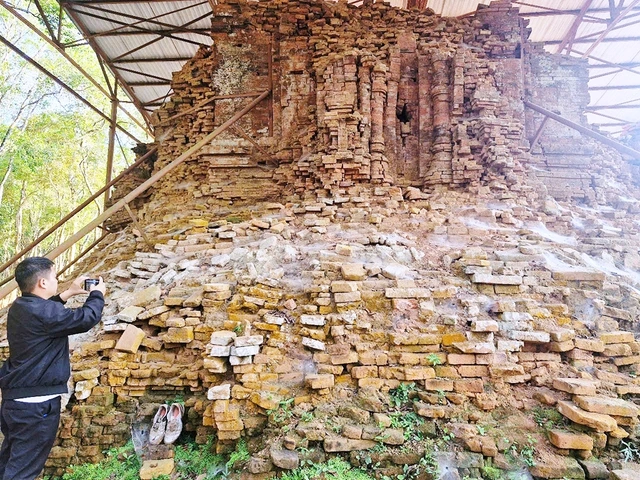


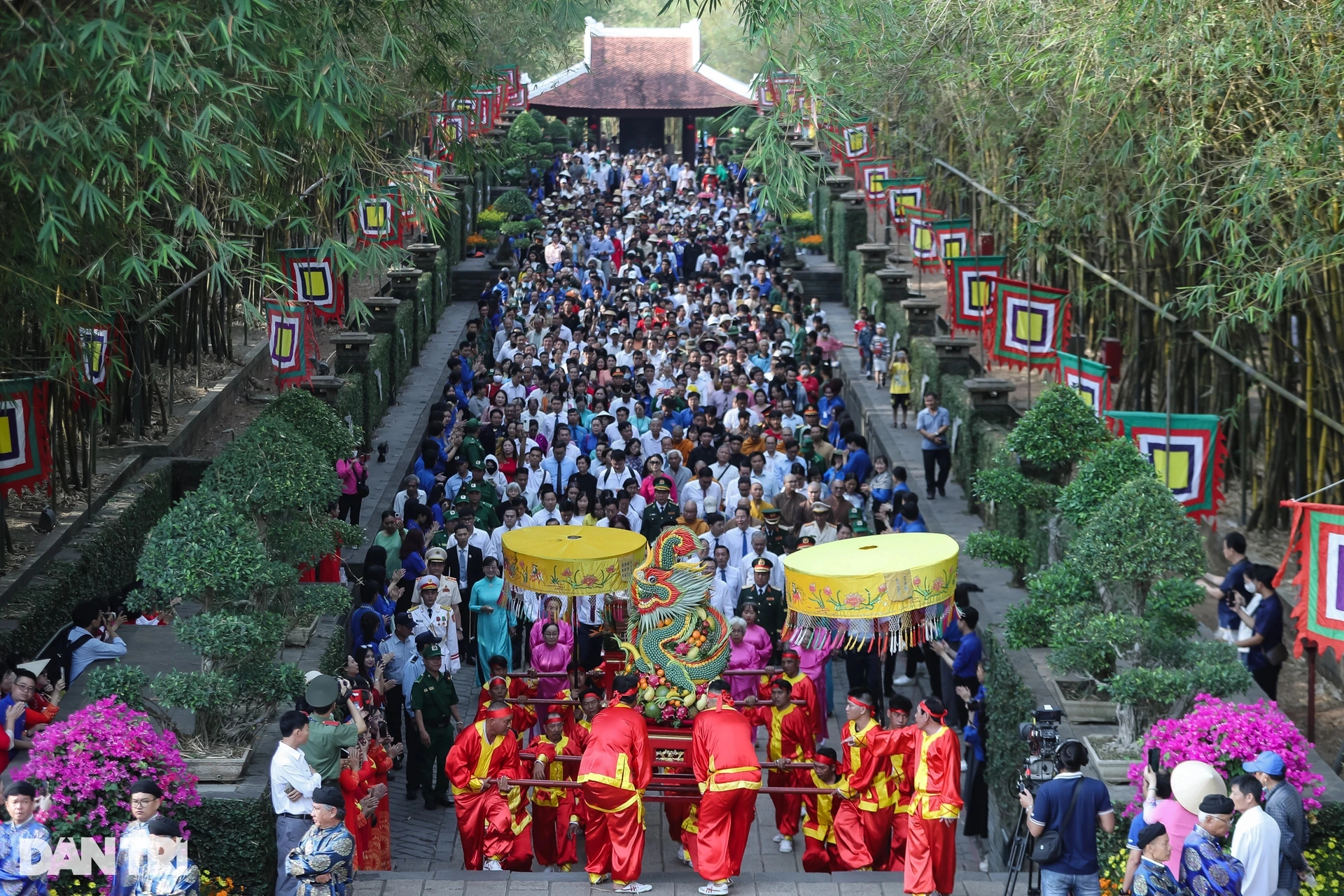



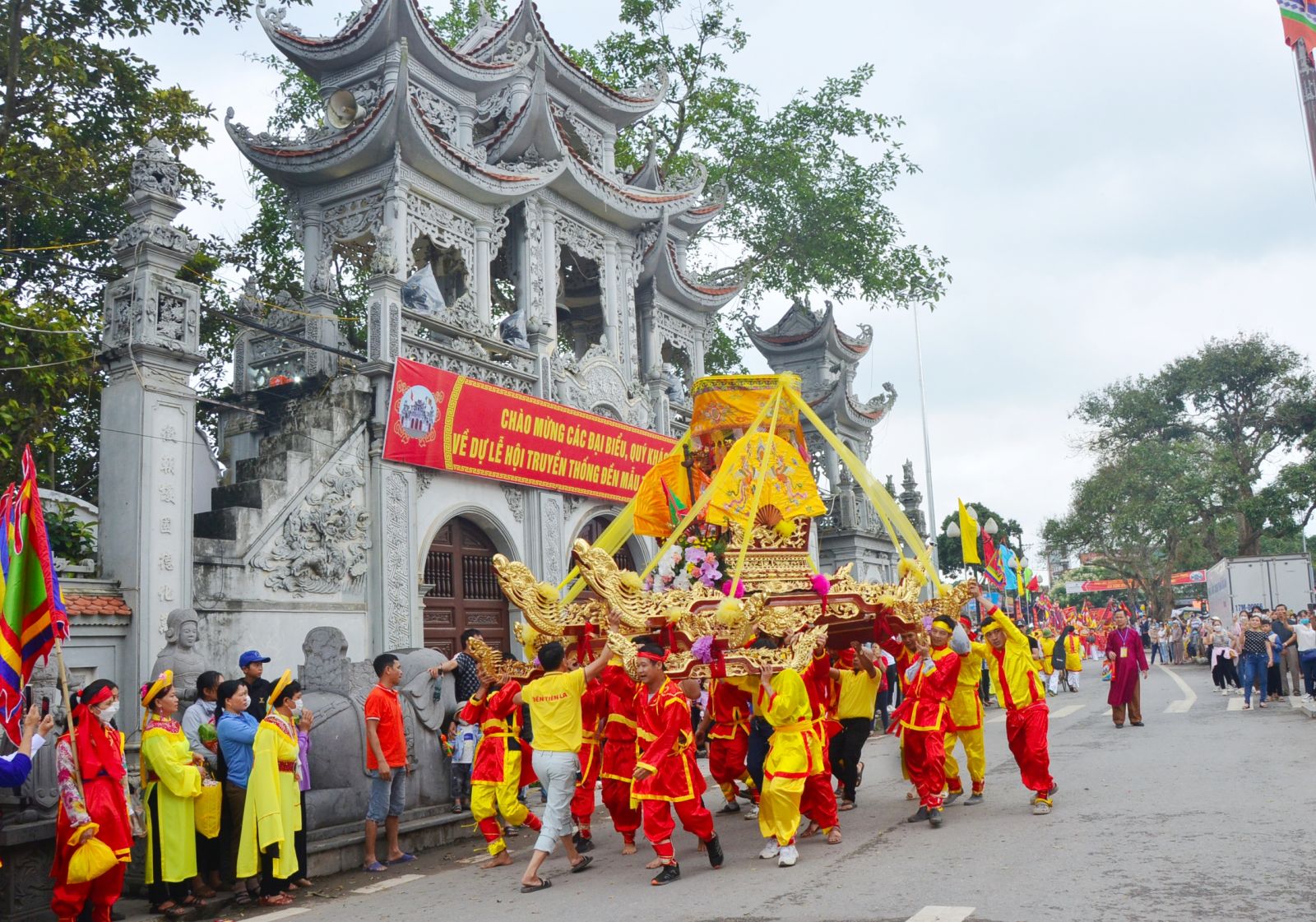

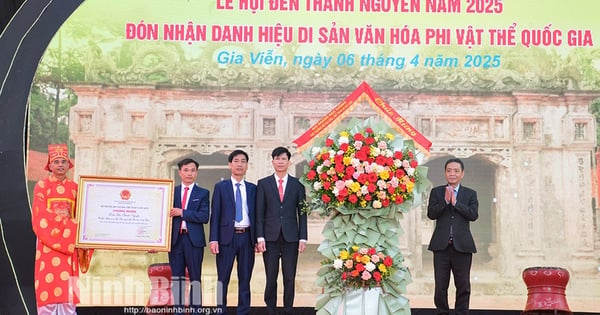

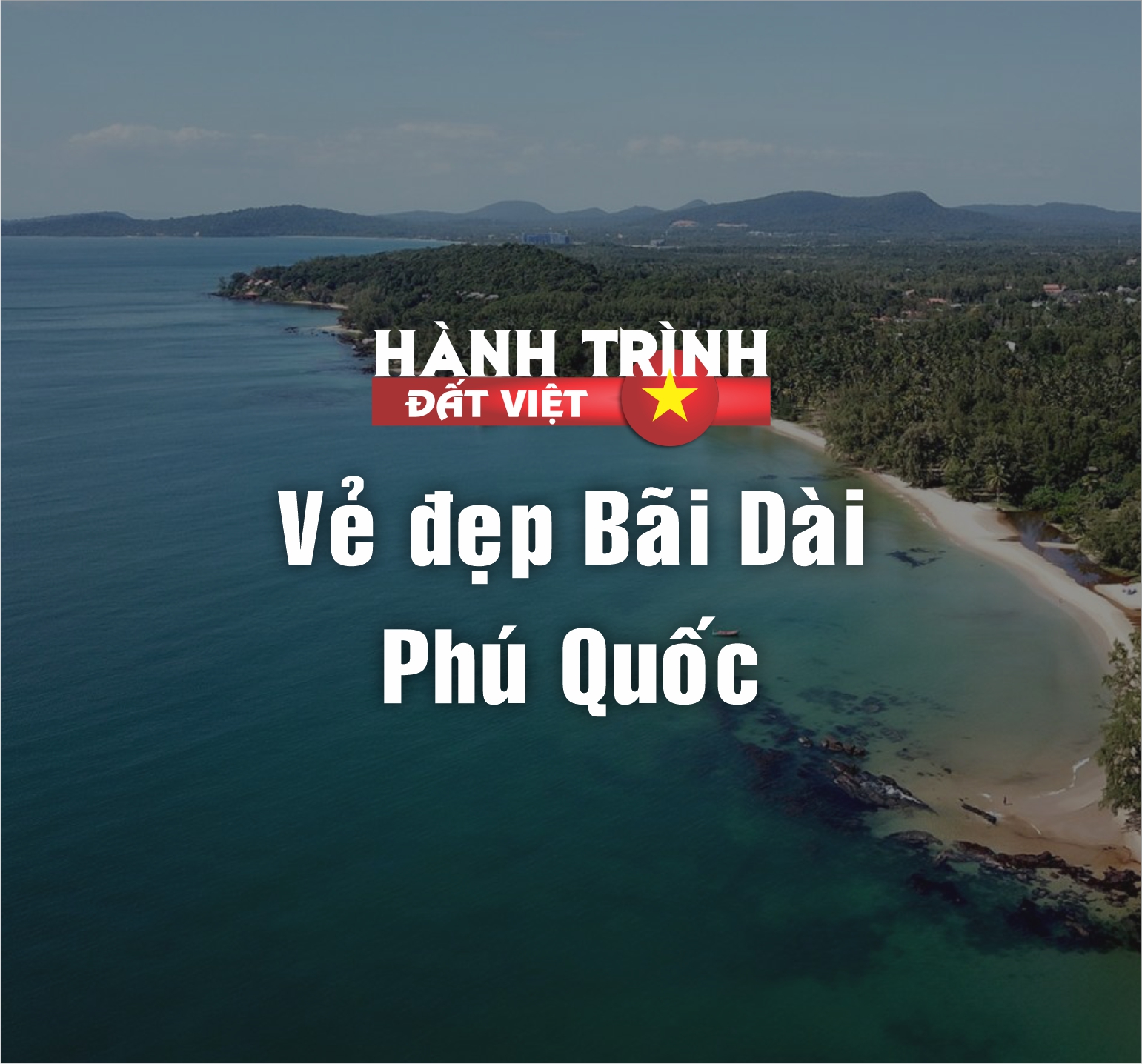





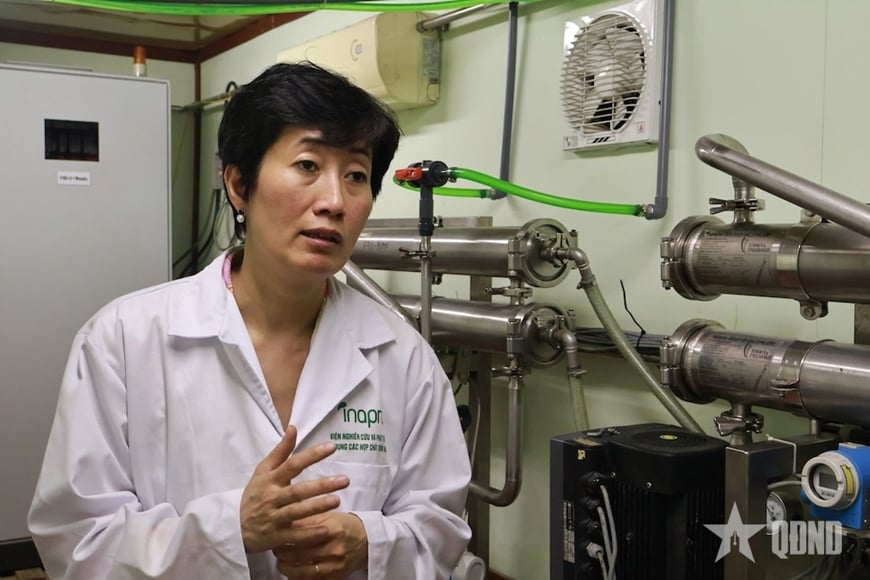










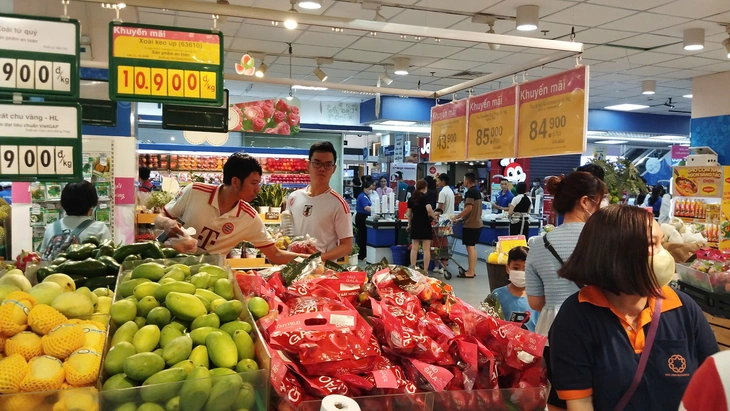
















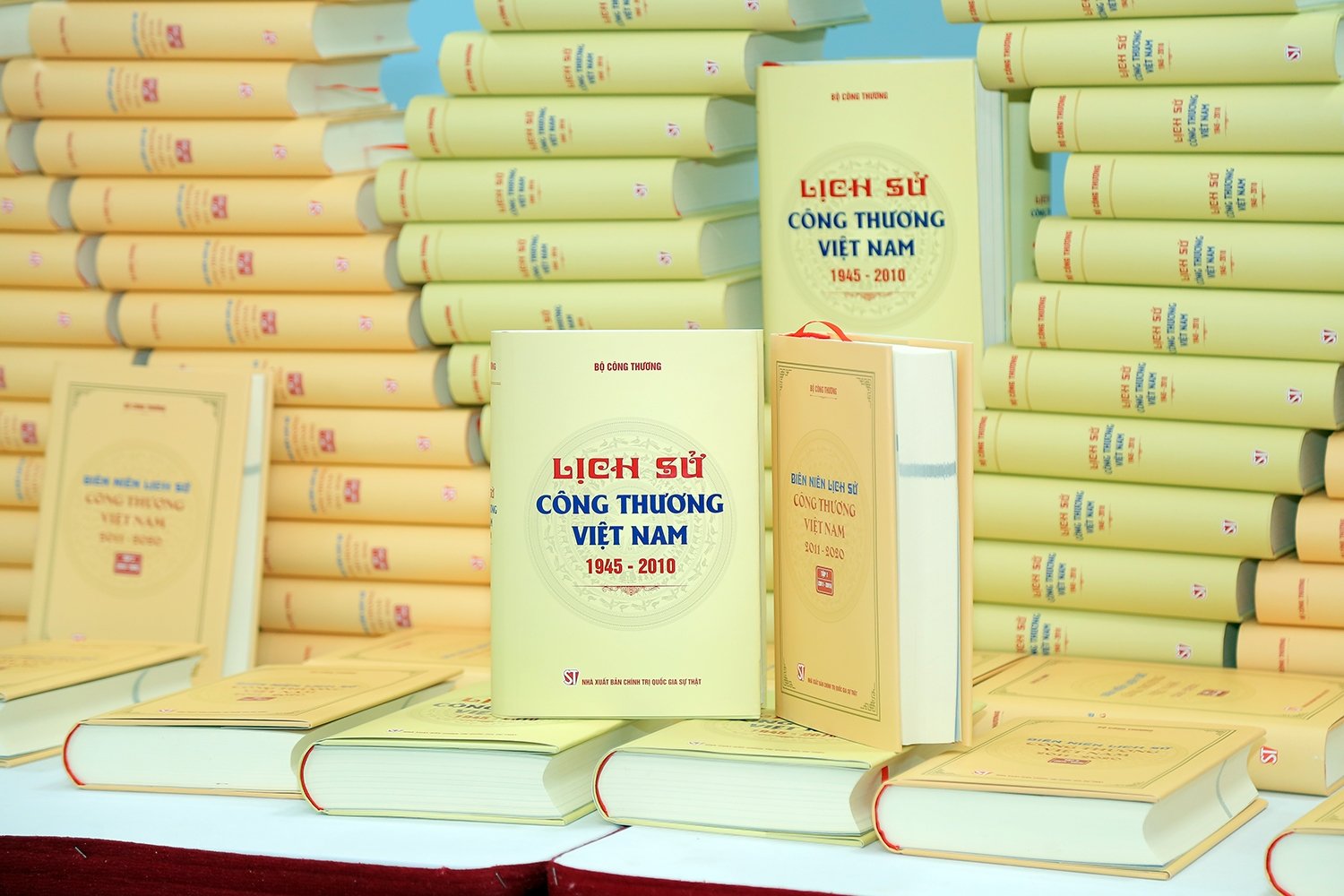
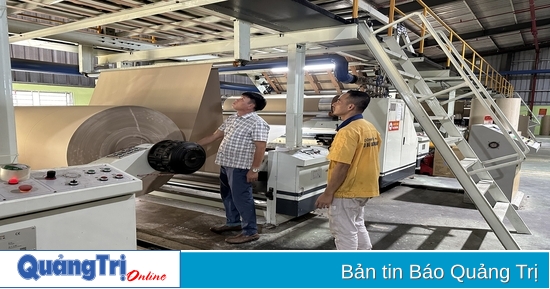
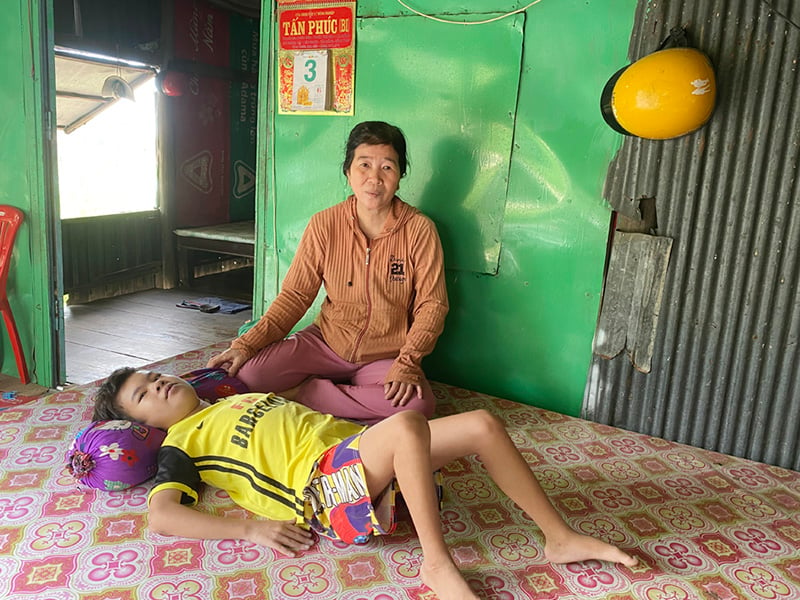

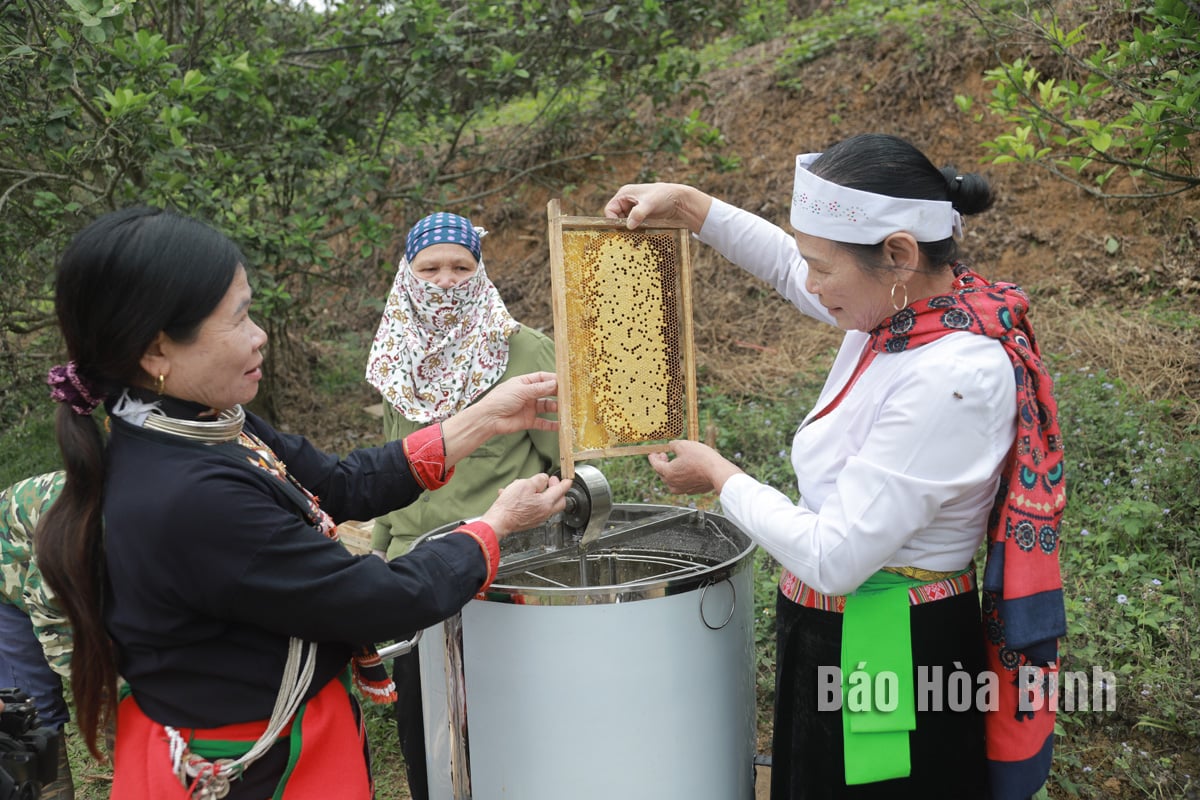

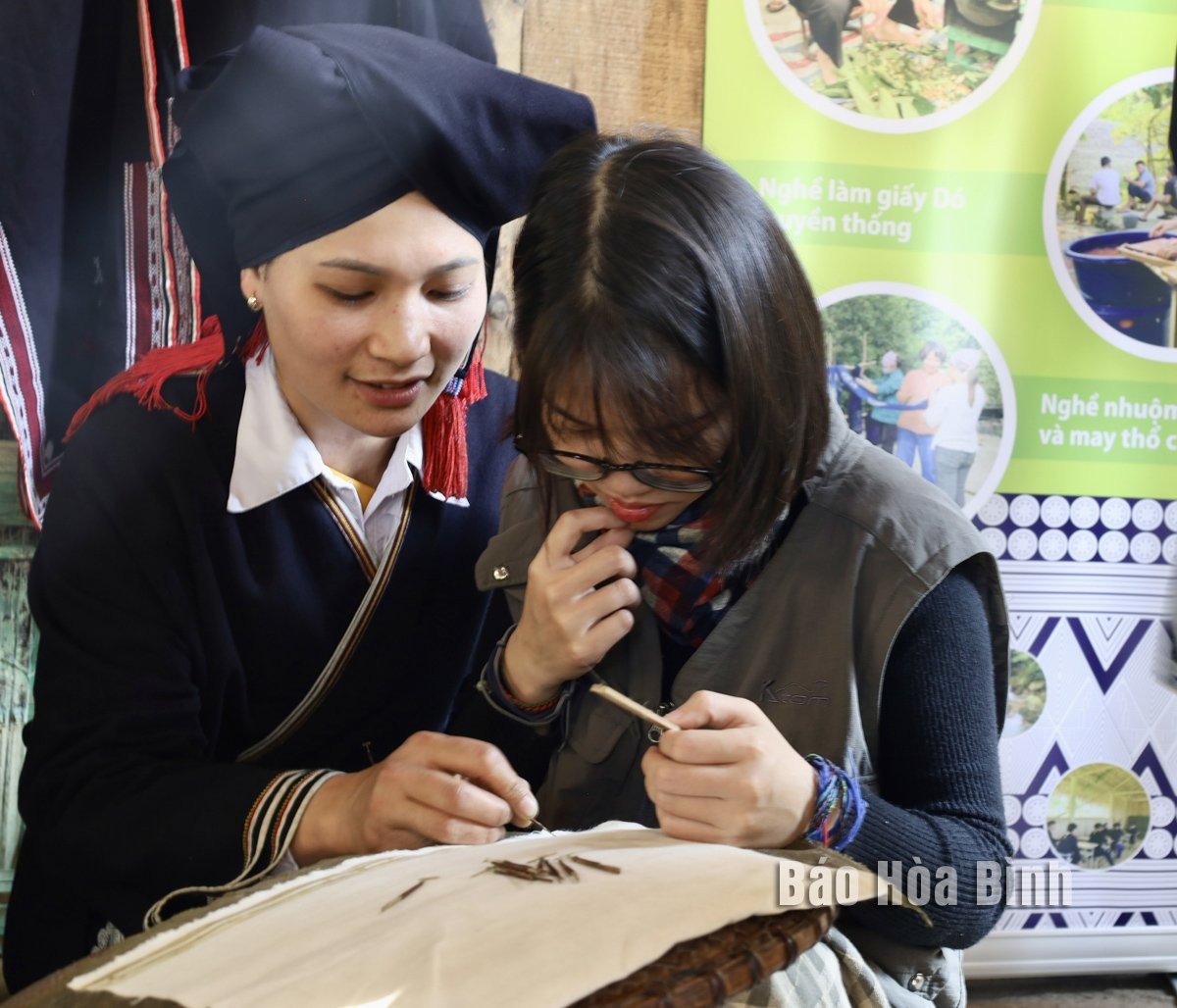
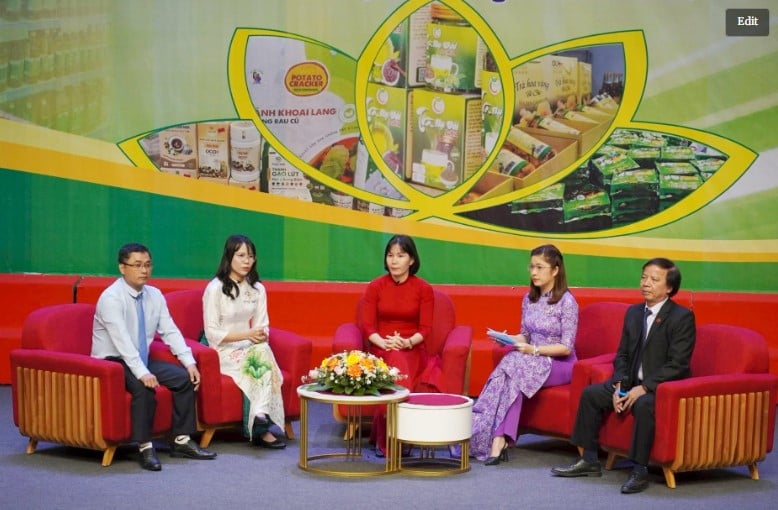

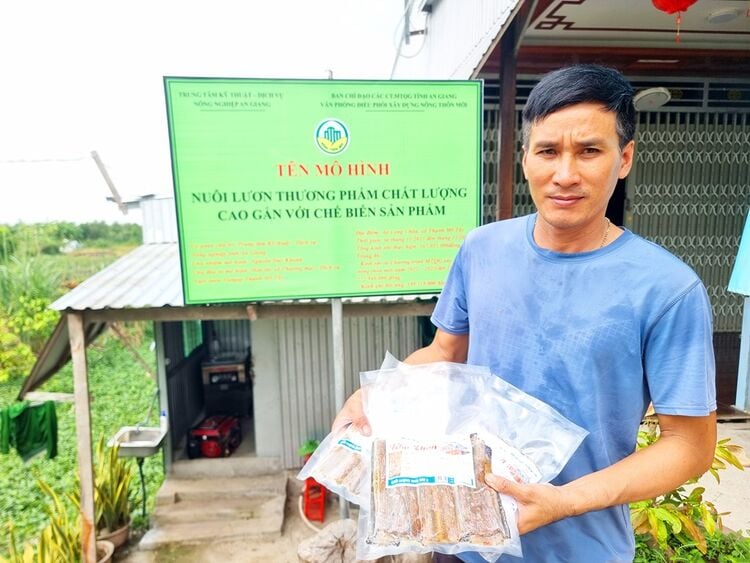
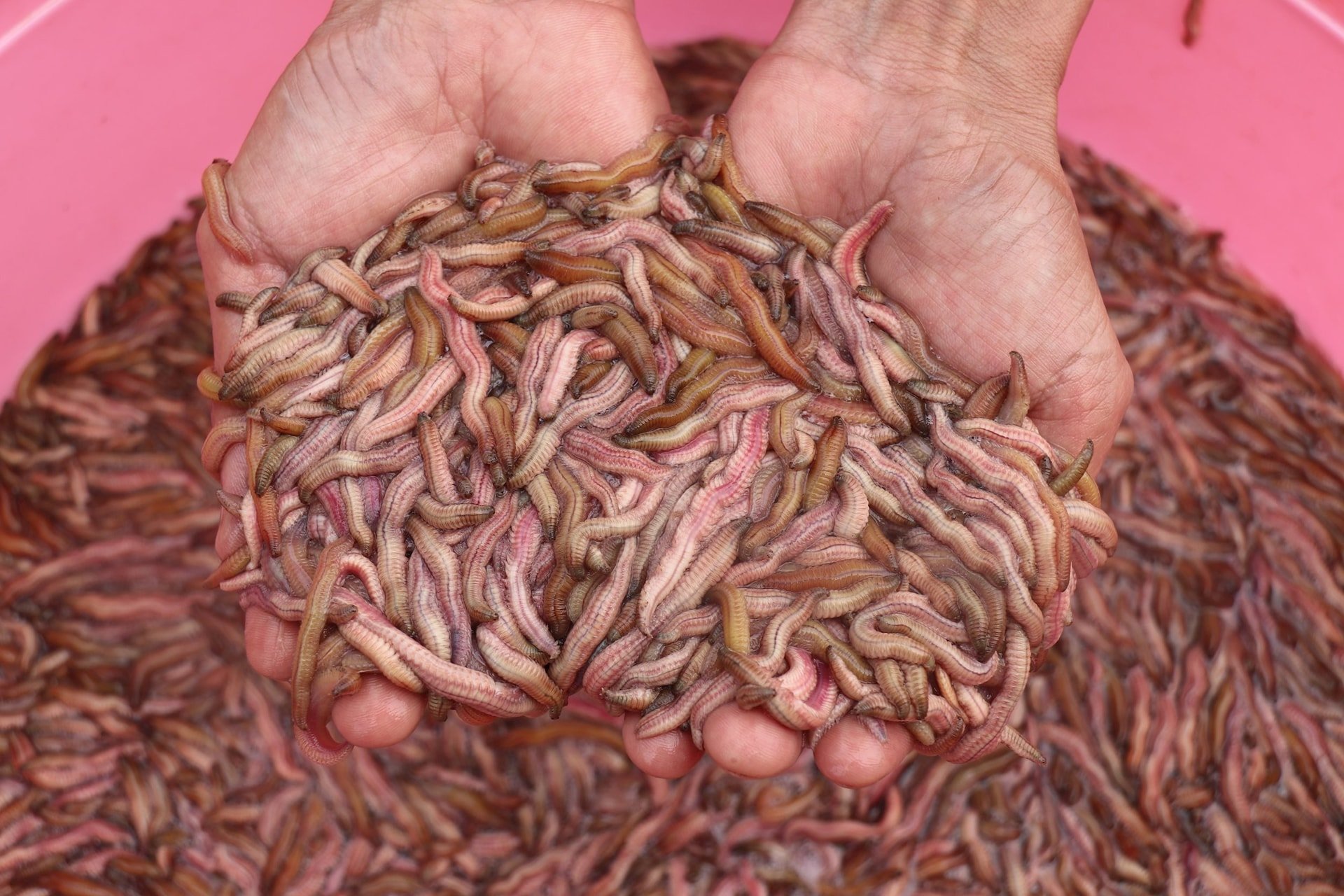
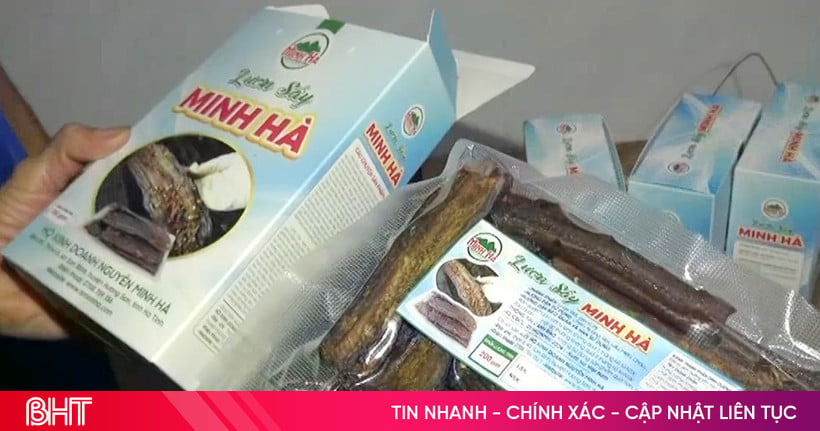



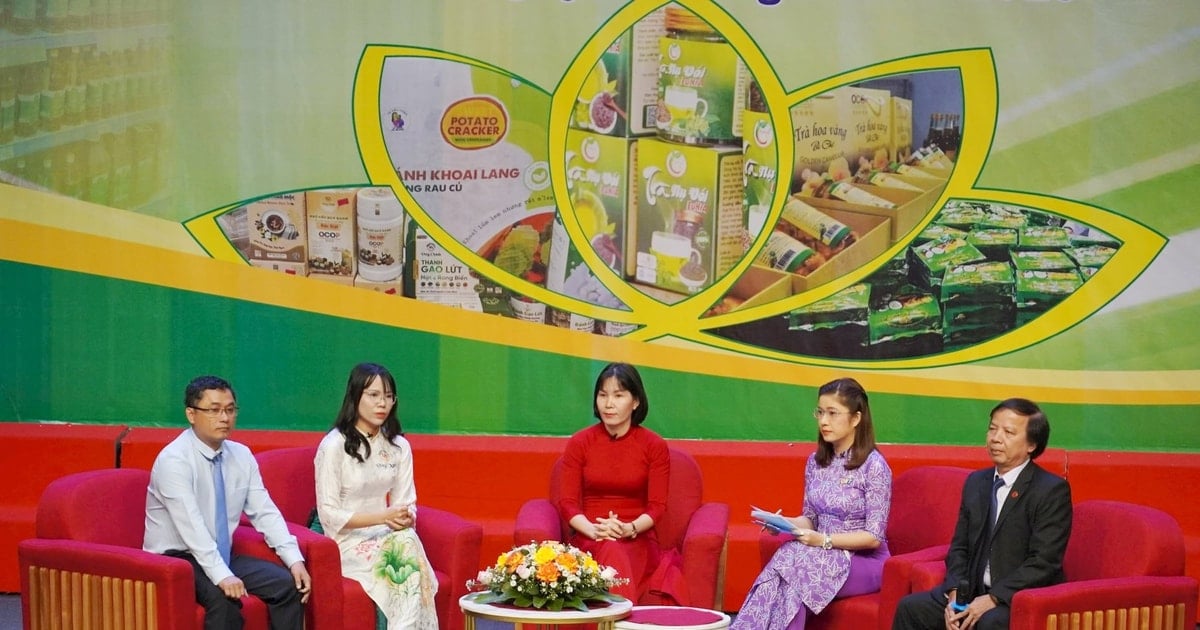
Comment (0)